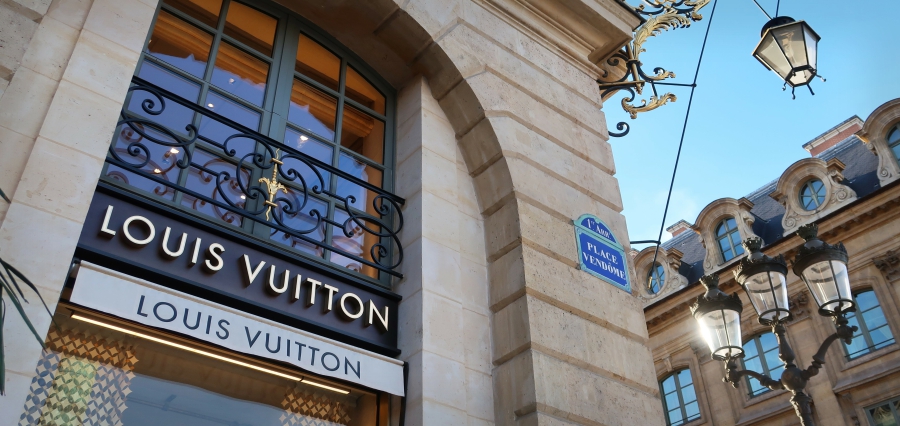Prime Highlights:
- Luxury brands like Louis Vuitton are introducing more affordable items, such as $160 lipsticks and small leather goods, to attract new shoppers without affecting their exclusive image.
- Expanding into beauty and smaller accessories helps brands engage younger consumers and build long-term loyalty, even during economic slowdowns.
Key Facts:
- Louis Vuitton’s new beauty collection includes 55 lipsticks, 10 lip balms, eight eyeshadow palettes, and a $2,890 mini trunk carry case.
- Other luxury brands, including Prada, Celine, and Dries Van Noten, are also expanding into beauty and small accessories, as these categories offer higher profit margins.
Key Background:
Luxury fashion brands are trying new ways to attract shoppers as the industry faces a slowdown and rising costs. Louis Vuitton, the 171-year-old LVMH-owned brand, recently launched its much-awaited beauty collection. It includes 55 lipsticks priced at $160, 10 lip balms, eight eyeshadow palettes, and a $2,890 mini trunk carry case. The launch shows how luxury brands are expanding their product lines without affecting the reputation of their main offerings.
Famous makeup artist Pat McGrath is the creative director for the collection, which is expected to attract younger consumers in the U.S. and other markets. Other brands, such as Prada, Celine, Dries Van Noten, and shortly Miu Miu, are also venturing into the cosmetics business as beauty products have better profit margins compared to the luxury firms.
Small, accessible luxury items, such as Louis Vuitton’s $1,420 Labubu keychains, have also gained traction, tapping into the so-called “treatonomics” trend, where consumers indulge in smaller luxuries even while cutting back on larger purchases. Coach and Longchamp have similarly jumped on the bandwagon, offering new bag charms and smaller accessories.
Industry experts say these strategies aim to attract younger audiences and expand the total addressable market. “Mega-brands would be wise not to sell too many of their core products and use lower absolute price categories to engage with a broader range of aspirational consumers,” said Luca Solca, head of global luxury goods at Bernstein.
Bank of America Securities notes that younger consumers, increasingly influenced by online engagement and cultural relevance, represent a growing share of global wealth and consumption power. LVMH CFO Cecile Cabanis indicated that she sells cheaper products such as perfumes and small leather goods to get new customers and retain Louis Vuitton exclusivity.
Luxury brands have to provide easy access to their products without compromising their high-end image. Smaller and affordable products have performed well with the young consumers and could be used to build loyalty and aid in growth even during challenging periods.
Read Also : Fintech Startup Ramp Hits $1 Billion in Annual Revenue, Valued at $22.5 Billion





